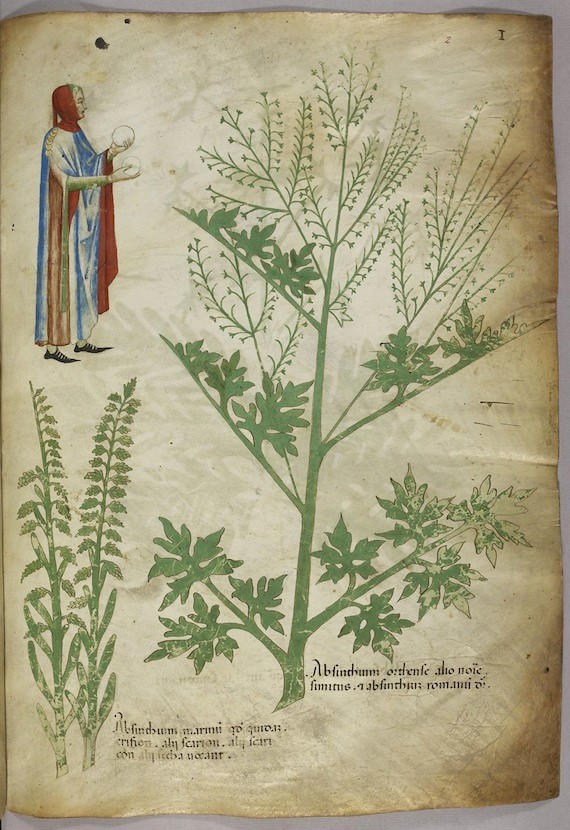

- #Medieval manuscripts with pictures of self castration for free
- #Medieval manuscripts with pictures of self castration pro
If you believe you should have access to that content, please contact your librarian.įor librarians and administrators, your personal account also provides access to institutional account management. The institutional subscription may not cover the content that you are trying to access. Oxford Academic is home to a wide variety of products.
#Medieval manuscripts with pictures of self castration for free
View the institutional accounts that are providing access. Download 620 Medieval Manuscript Border Stock Illustrations, Vectors & Clipart for FREE or amazingly low rates New users enjoy 60 OFF.View your signed in personal account and access account management features.Some societies use Oxford Academic personal accounts to provide access to their members.Ĭlick the account icon in the top right to:

See below.Ī personal account can be used to get email alerts, save searches, purchase content, and activate subscriptions. Some societies use Oxford Academic personal accounts to provide access to their members. If you do not have a society account or have forgotten your username or password, please contact your society. Do not use an Oxford Academic personal account.

#Medieval manuscripts with pictures of self castration pro
In 1589, Pope Sixtus V reorganized the choir of St Peter’s Basilica in Rome, explicitly including castrati in his bull Cum pro nostri temporali munere. In fact, they became essential after the Vatican banned women from church choirs in the mid-16th Century. Indeed, Italian church records from the 1550s provide the earliest known documentation, and by 1558 castrati were included in the choir of the Sistine Chapel. From the very outset, however, the Roman Catholic Church played a decisive role.

This was an established feature in baroque and classical music, and prominent composers such as Handel (1685-1759) and Mozart (1756-1791) specifically wrote rôles for castrati into several operas and oratorios. With Italy as its epicentre, enthusiasm for musical performances of castrati prevailed for over three hundred years, beginning in the mid-16th Century and continuing until the early 1900s.


 0 kommentar(er)
0 kommentar(er)
